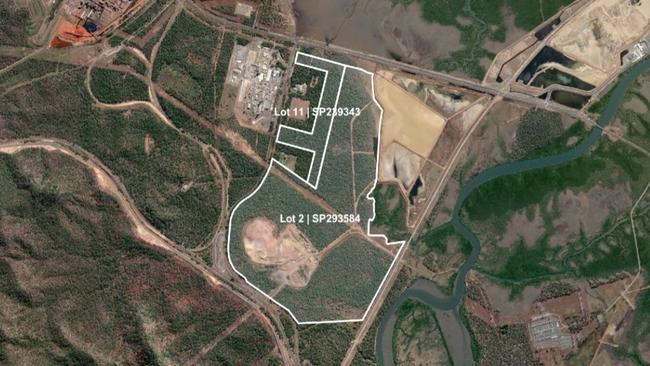Yarwun H2Hub closer to beginning after reaching the next approval stage
One of the Gladstone region’s major hydrogen projects is a step closer to getting off the ground with the plant and associate infrastructure reaching the next stage of the approvals process. Read more about the project here.
Gladstone
Don't miss out on the headlines from Gladstone. Followed categories will be added to My News.
One of the Gladstone region’s big hydrogen projects is a step closer reaching the next stage in the approvals process.
The H2-Hub Project at Yarwun, proposed by The Hydrogen Utility, will need assessment and approval under the Environment Protection and Biodiversity Act before it can proceed.
Proposal documents were lodged with the Department of Agriculture, Water and Environment in October last year.
Documents say the project’s operation would be between January 30, 2024 with the plant projected to wind down in 2071.
According to the document, the project will integrate renewable energy from the Queensland region of the National Electricity Market, sourced via a transmission level virtual power plant scheme to generate green hydrogen by Water Electrolysis and Cryogenic Air Separation.
It would also generate green ammonia by Harber-Bosch Synthesis using green hydrogen and nitrogen.
The document says proposed activities would include the construction and operation of the production precinct at Yarwun, an export precinct at Fisherman’s Landing and a product logistics and infrastructure corridor.
The construction of the plant at Yarwun would include clearing about 126 hectares of remnants vegetation, but the documents list other potential impacts from clearing the land.
“The potential impacts from the land clearing and construction are likely to: the habitat and foraging area of native fauna in the impacted area; the watershed and drainage; dust and sediment generation,” the document says.

The document says there could also be impacts on the environment during the plant’s operation including accidental ammonia releases, wastewater discharges and nitrogen oxide emissions from power generation assets.
The export precinct at Fisherman’s Landing will leverage existing wharf infrastructure and ammonia import terminal facilities.
The document says infrastructure for the terminal would include expanded ammonia storage from 30,000 tonnes to 180,000 tonnes with up to three additional 50,000t tanks for bulk storage of refrigerated ammonia at atmospheric pressure.
An existing unloading terminal facility would also be repurposed to become an ammonia loading terminal.
The facility would also be able to store up to 1500 tonnes of liquefied hydrogen.
The documents list a number of environmental factors that could be impacted by the construction of the plant including the Great Barrier Reef World Heritage Area.
“Construction and operational activities may have the potential to impact water quality through changes in water quality, excessive sediment and pollutants if not managed and controlled appropriately,” the document says.
“This could impact the GBRWHA through impacts on the water quality and run-off reaching the Calliope River and Port Curtis Bay.
“The introduction of paved areas is likely to increase the stormwater flows from the site. Mitigation and management measures will be designed into the project and Construction Environmental Management Plan to minimise any potential impact on water quality or the marine ecology.”
The proposal document says the project could also impact Greater Gliders and Powerful Owls in the area.




